Tracking Fuel Gas Sulfur Content: Why It Matters and How to Do It Right

Accurate fuel gas sulfur tracking is critical in the oil and gas industry to meet regulatory standards, protect equipment, and reduce environmental impact. This blog explores challenges in monitoring sulfur content, methods like Continuous Emissions Monitoring Systems (CEMS), and how advancements in technology help industries achieve precise and reliable sulfur management.
Understanding the Data Assessment Report (DAR) for CEMS Audits
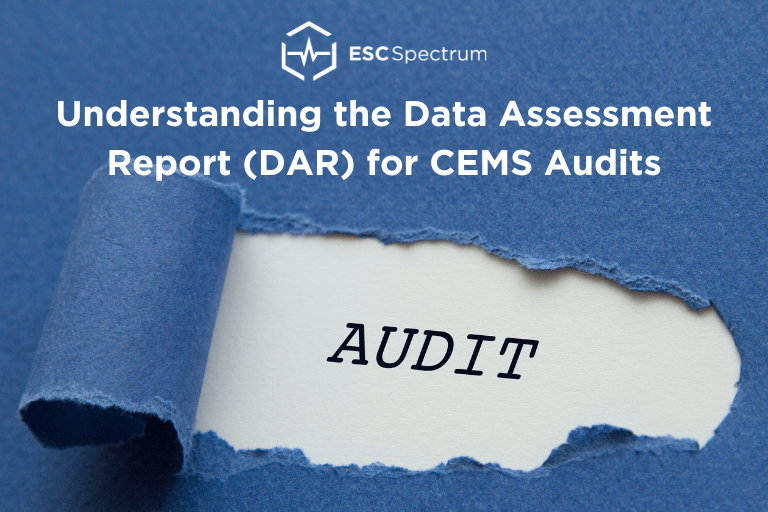
The Data Assessment Report (DAR) is a crucial but often overlooked component of CEMS audit compliance. This guide breaks down what needs to be included, from quarterly accuracy results to EPA audit sample requirements, helping you keep up with regulations and streamline your reporting process.
Tail Gas Treatment Units (TGTUs): Essential for Sulfur Recovery
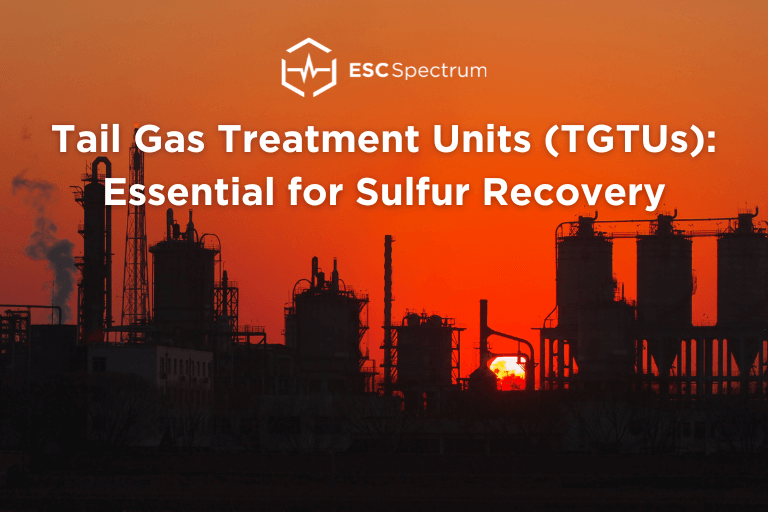
Read this post to discover how Tail Gas Treatment Units (TGTUs) help refineries meet stringent sulfur recovery and emissions control standards. This blog covers essential TGTU technologies, regulatory requirements, and the vital role that TGTUs play to improve sulfur recovery efficiency.
Monitoring Flare Gas Flows: Challenges and Solutions
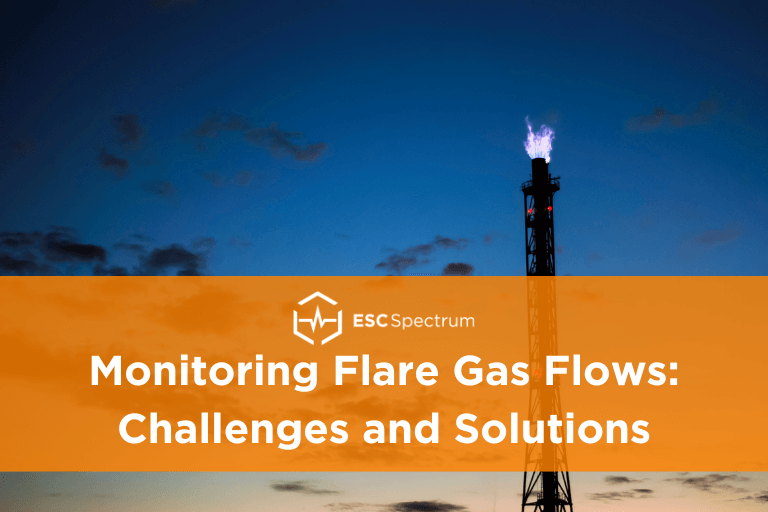
This blog post examines the challenges and solutions of monitoring flare gas flows within industries like oil and gas, chemical processing, petrochemical, and refining. Explore how advanced technologies along with innovative monitoring systems, ensure accurate measurements, regulatory compliance, and operational efficiency.
Adapting to New EPA Ethylene Oxide Regulations: The Role of CEMS
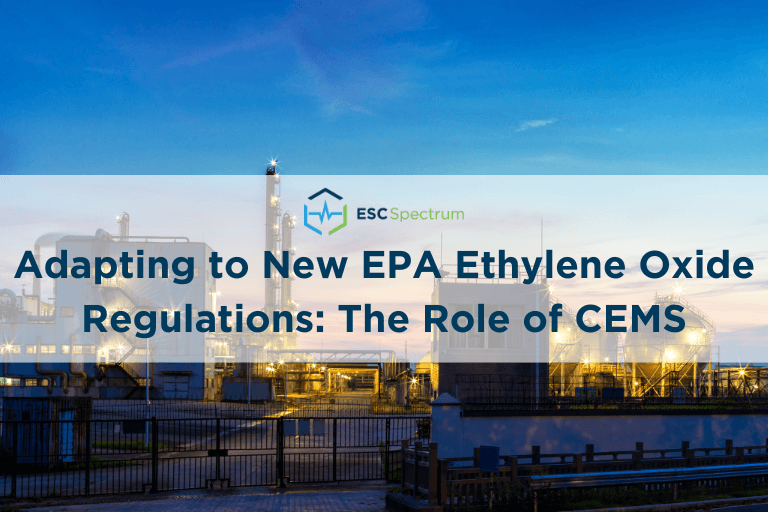
This blog post examines a series of 2024 EPA Regulations on Ethylene Oxide and explores how Continuous Emission Monitoring Systems (CEMS) can help facilities navigate these new standards.
Using a Data Acquisition System for Greenhouse Gas (GHG) Emissions Compliance
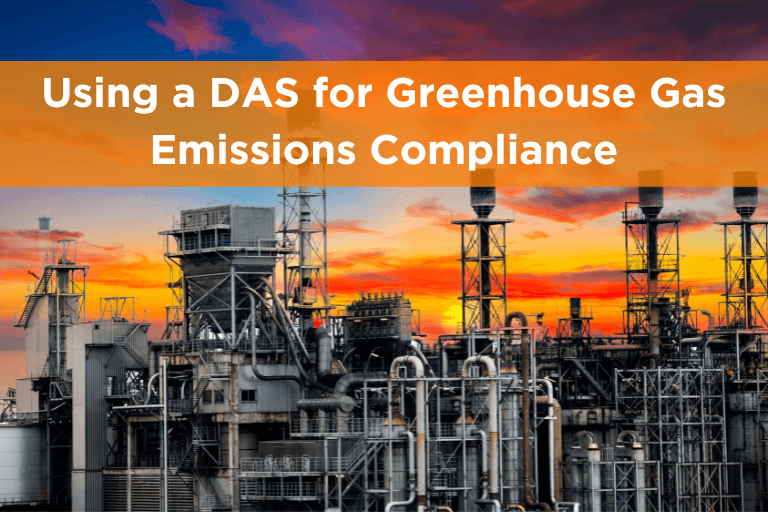
Learn more about Greenhouse Gas (GHG) emissions and how using a Data Acquisition System can help you stay in compliance.
What is the Protocol Gas Verification Program (PGVP)?
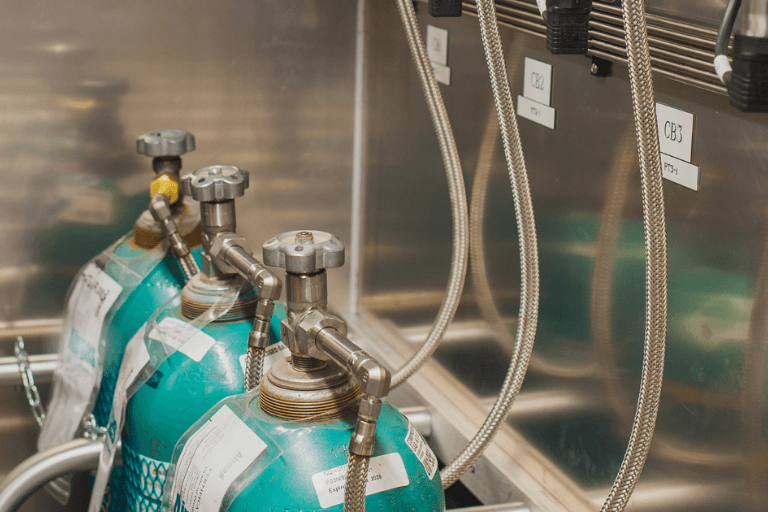
Learn about the Protocol Gas Verification Program (PGVP) and how it applies to your site.
What is the EPA 40 CFR Part 63 Regulation?
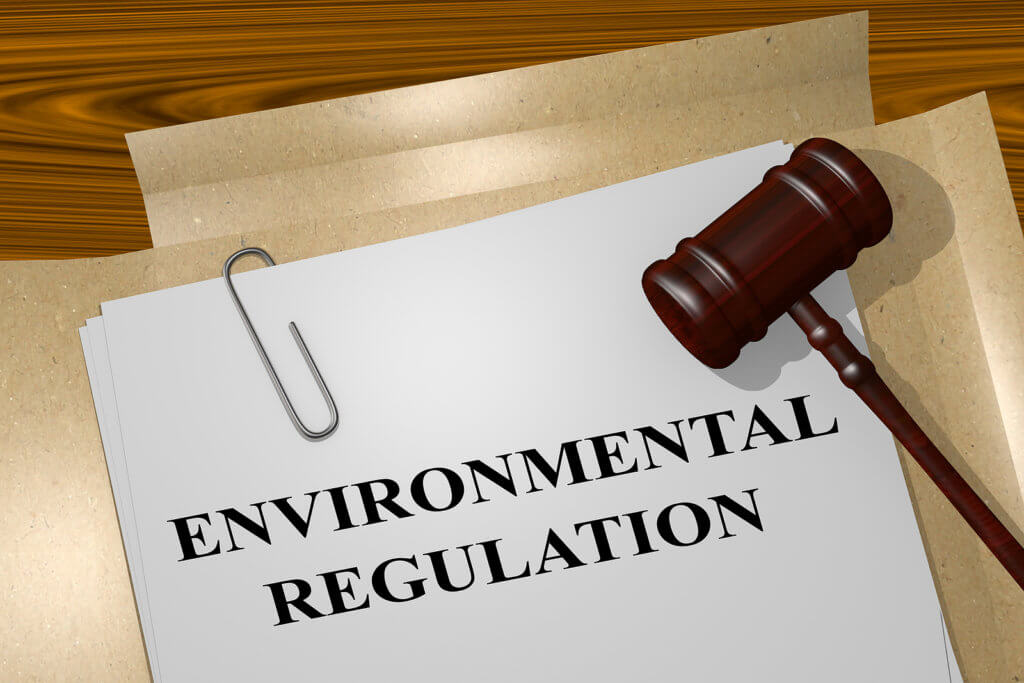
The Part 63 emissions standards (NESHAP) are for hazardous air pollutants not covered by National Ambient Air Quality Standards (NAAQS) and emitted from natural and human-made sources, including volcanoes, wildfires, motor vehicles, industrial facilities, and oil refineries.
